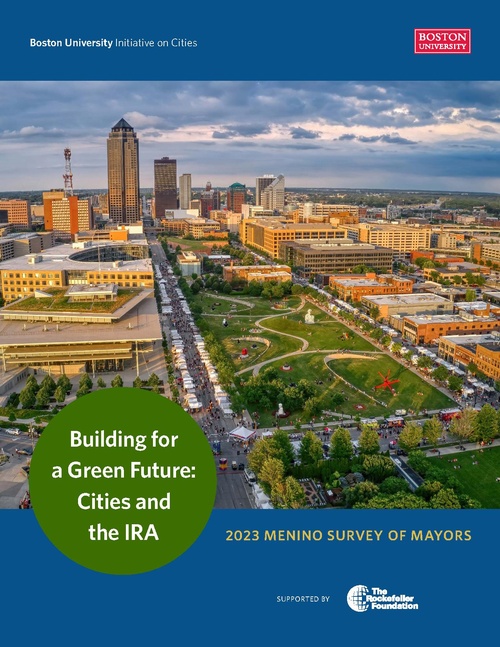Building for a Green Future: Cities and the IRA
Passed in 2022, the Inflation Reduction Act (IRA) features unprecedented federal investment in environmental initiatives. It provides around $370 billion in resources for clean energy technology. These investments come primarily in the form of tax credits and grants available to state and local governments, nonprofits, and individual households.
For example, the Solar for All program “provide[s] up to 60 grants to States, Tribal governments, municipalities, and nonprofits to expand the number of low-income and disadvantaged communities that are primed for residential and community solar investment — enabling millions of families to access affordable, resilient, and clean solar energy.”
Despite these massive investments, the Biden Administration has expressed growing concerns
and frustration about the slow pace with which federal dollars are translating into concrete projects.
